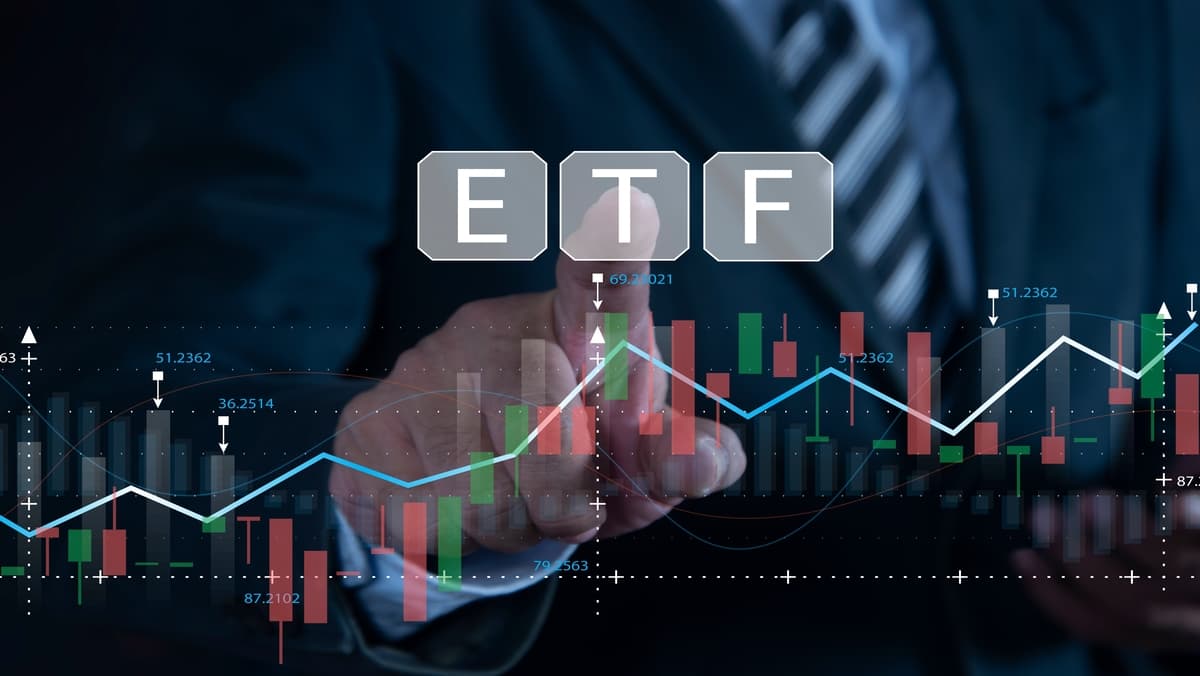Friday Sep 6 2024 06:40

4 min

An ETF (Exchange-Traded Fund) typically tracks an index, bond, commodity, or an index fund. While most ETFs are passive, similar to index funds, some are actively managed. There are various types of ETFs based on the securities they hold, including equity, fixed income, commodity, and sector-specific ETFs. Generally, ETFs are more cost-effective than purchasing individual stocks and offer greater liquidity compared to mutual funds.
1. Lower Cost: Most ETFs are passive, meaning they track an index rather than actively managing investments. This results in lower operating costs compared to actively managed funds. Additionally, brokerage fees for buying and selling ETFs are generally lower than those associated with individual stocks.
2. Liquidity: Unlike traditional mutual funds, which can only be bought or sold at the end of the trading day, ETFs can be traded throughout the day during market hours. This provides greater flexibility and the ability to respond quickly to market changes.
3. Diversification with Less Effort: ETFs typically hold a variety of assets, which can help investors achieve broad diversification within a single investment. If an ETF tracks an index, it spreads investment across a range of securities, reducing unsystematic risk. This allows investors to potentially earn market-linked returns with minimal effort, as the ETF’s performance closely mirrors that of the index it tracks.
1. Market Risk: Although ETFs provide diversification, they are still subject to market risk. If the underlying index or sector experiences a downturn, the ETF will also likely suffer losses.
2. Trading Costs: While brokerage fees are generally lower, frequent trading of ETFs can lead to higher transaction costs. This is particularly relevant for investors who trade ETFs actively rather than holding them long-term.
3. Tracking Error: ETFs aim to replicate the performance of an index, but there can be discrepancies known as tracking errors. These errors occur due to factors like management fees or the method of replicating the index, which can result in the ETF slightly underperforming or outperforming its benchmark.
4. Potential for Over-Diversification: Investing in too many ETFs can lead to over-diversification, where the benefits of diversification diminish, and the portfolio becomes too complex to manage effectively.
Understanding the pros and cons of ETFs is essential for investors looking to incorporate them into their investment strategies. ETFs offer significant advantages, including lower costs due to passive management, greater liquidity with the ability to trade throughout the day, and built-in diversification that helps manage unsystematic risk.
These features make ETFs a cost-effective and flexible option for achieving broad market exposure. However, potential drawbacks such as market risk, tracking error, and the possibility of over-diversification should also be considered. ETFs can be subject to market fluctuations and may not always perfectly replicate the performance of their underlying indices. By carefully weighing these benefits and risks, investors can make more informed decisions about whether and how to include ETFs in their portfolios. A thorough understanding of both sides of the equation will aid in crafting a balanced investment strategy that aligns with individual financial goals and risk tolerance.
When considering shares, indices, forex (foreign exchange) and commodities for trading and price predictions, remember that trading CFDs involves a significant degree of risk and could result in capital loss.
Past performance is not indicative of any future results. This information is provided for informative purposes only and should not be construed to be investment advice.